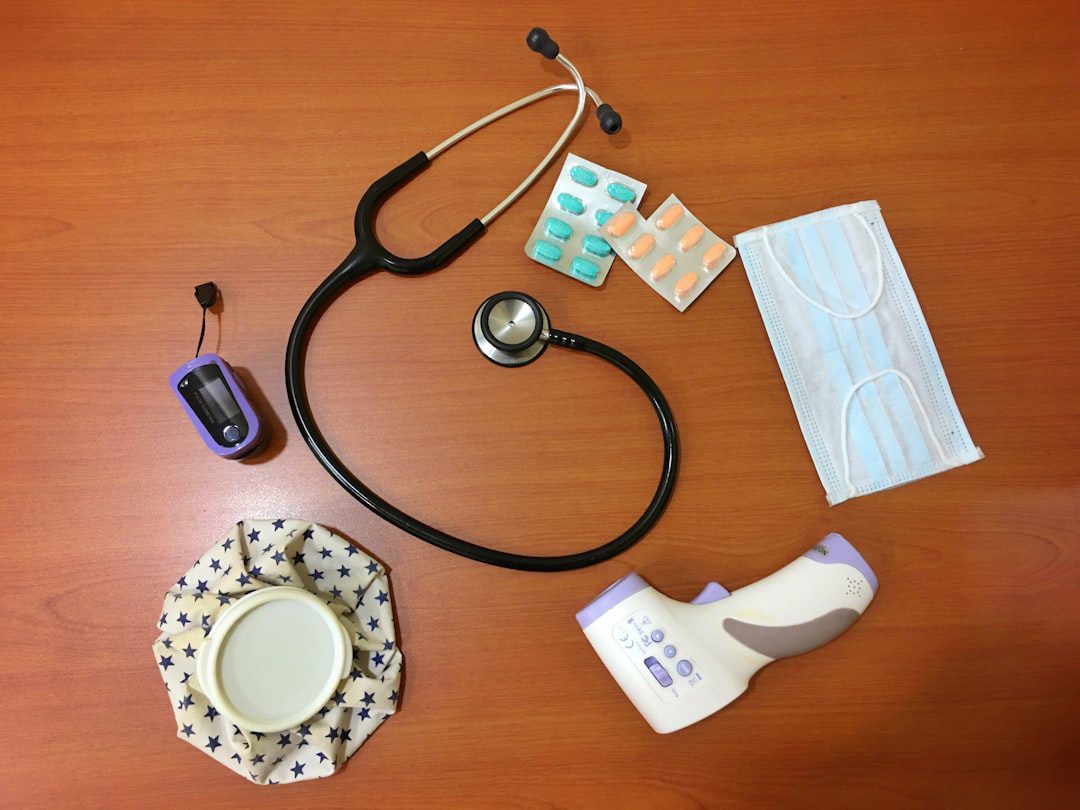
FDA’s New Initiative Aims to Speed Critical Safety Information
The FDA’s Center for Devices and Radiological Health (CDRH) has announced a groundbreaking pilot program designed to enhance the speed and effectiveness of medical device recall communications, particularly for potentially high-risk devices. This initiative represents a significant shift in how the agency approaches post-market surveillance and emergency response protocols.
What This Pilot Program Entails
The new pilot program focuses on streamlining the dissemination of critical safety information when high-risk medical devices pose immediate threats to patient safety. While specific details of the program structure remain limited, the initiative appears to address long-standing concerns about delays in communicating urgent device safety issues to healthcare providers and patients.
This program comes at a time when medical device recalls have increased in both frequency and complexity, with Class I recalls (situations where device use may cause serious adverse health consequences or death) requiring immediate and comprehensive communication strategies.
Why This Matters for Medical Device Manufacturers
Accelerated Response Requirements
Medical device manufacturers should prepare for potentially faster-moving recall processes under this pilot program. The enhanced communication protocols may require:
- Rapid internal mobilization of recall teams and quality assurance personnel
- Streamlined documentation processes to support expedited FDA communications
- Enhanced post-market surveillance systems to identify potential issues before they escalate
Regulatory Compliance Implications
Under existing 21 CFR Part 806 requirements, manufacturers must report corrections and removals to the FDA within 10 working days of initiating such actions. This pilot program may introduce additional expectations for collaboration and information sharing during high-risk situations.
Strategic Actions for Manufacturers
Immediate Steps
- Review Current Recall Procedures: Evaluate existing recall protocols against potential accelerated timelines and communication requirements
- Strengthen Quality Management Systems: Ensure your ISO 13485-compliant QMS includes robust post-market surveillance and rapid response capabilities
- Update Risk Management Processes: Align ISO 14971 risk management activities with potential enhanced FDA communication protocols
Long-term Compliance Strategy
Manufacturers should consider this pilot program as part of the FDA’s broader modernization efforts, which include the Medical Device Safety Action Plan and enhanced digital health initiatives. Key preparation areas include:
- Technology Infrastructure: Invest in systems that support rapid data collection and analysis for post-market surveillance
- Cross-functional Teams: Establish dedicated rapid response teams that can interface effectively with FDA communications
- Supply Chain Coordination: Ensure distributors and healthcare customers can receive and act on accelerated safety communications
Monitoring and Next Steps
As this is a pilot program, manufacturers should closely monitor its implementation and outcomes. The program’s success may influence future regulatory frameworks and could potentially become standard practice for high-risk device communications.
Stay informed by regularly checking FDA’s CDRH website for updates on pilot program parameters, participating device categories, and preliminary results that may inform future compliance strategies.
This initiative underscores the FDA’s commitment to patient safety and may signal broader changes in post-market surveillance expectations for medical device manufacturers across all risk classifications.


No comments yet. Be the first to comment!